Pooh, AI, and the Man with a Red Flag
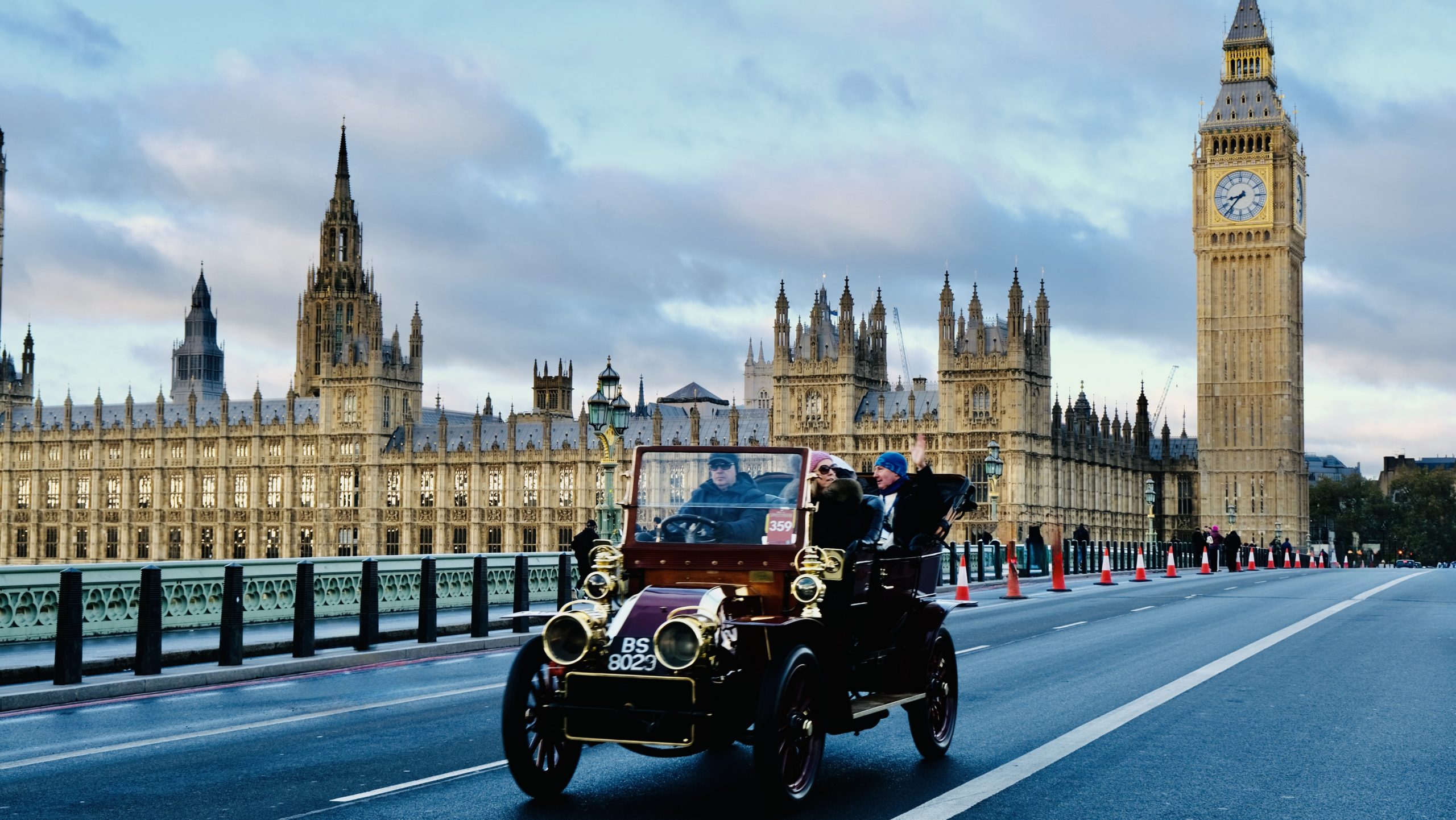
How you feel about the impact of AI on society depends largely on your personality.
In A.A. Milne-speak, if you’re a Tigger, you’re bouncing off the walls with excitement. You embrace AI, warts and all, convinced it’ll unambiguously improve the human condition. If you’re Eeyore, the gloomy realist, you see the technology as an existential threat — the algorithmic horseman of the apocalypse. And if you’re Winnie the Pooh, as many of us are, you’re cautiously optimistic — happy to wait and see, but secretly hoping for honey without the bees.
The real challenge is that our governments and regulators identify as Owl. Owl has just woken up, doesn’t quite know what’s going on, but groggily believes he must do something to protect us.
Take the motor car. When the automobile first appeared, our Owlish politicians, neither understanding its potential nor particularly caring to, responded in classic bureaucratic fashion — by flapping their wings and writing random rules. In 1865, British lawmakers decreed that cars should crawl at 2 mph in towns and be preceded by a man walking twenty yards ahead waving a red flag. It was regulation by semaphore — progress literally slowed to a walking pace.
Eventually, a group of tech bros (Victorian edition) with money, influence, and a dash of royal patronage lobbied to repeal the so-called Red Flag Act. To celebrate their victory in 1896, they gathered near Charing Cross, ceremonially tore up a red flag, jumped into their contraptions, and raced to the coast. Thus began the Emancipation Run, now the world’s longest-running motoring event — the London to Brighton Veteran Car Run, held every November and open to vehicles built before 1905.
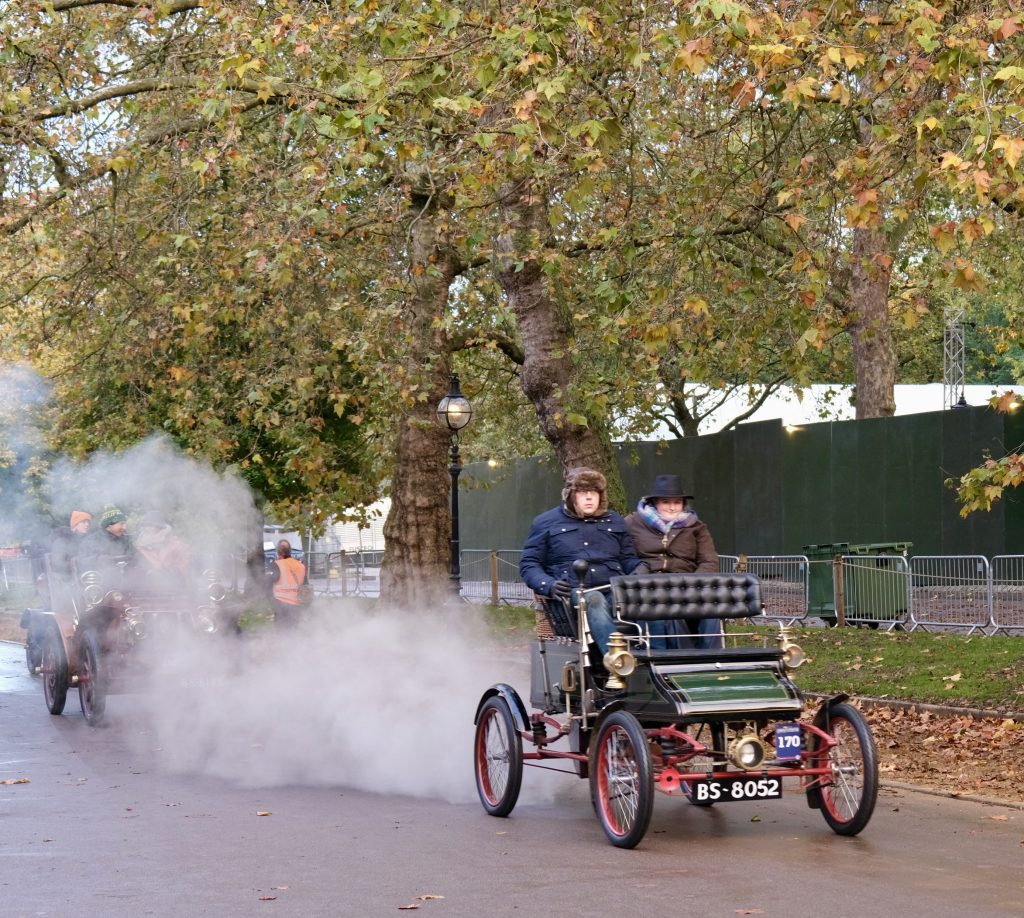
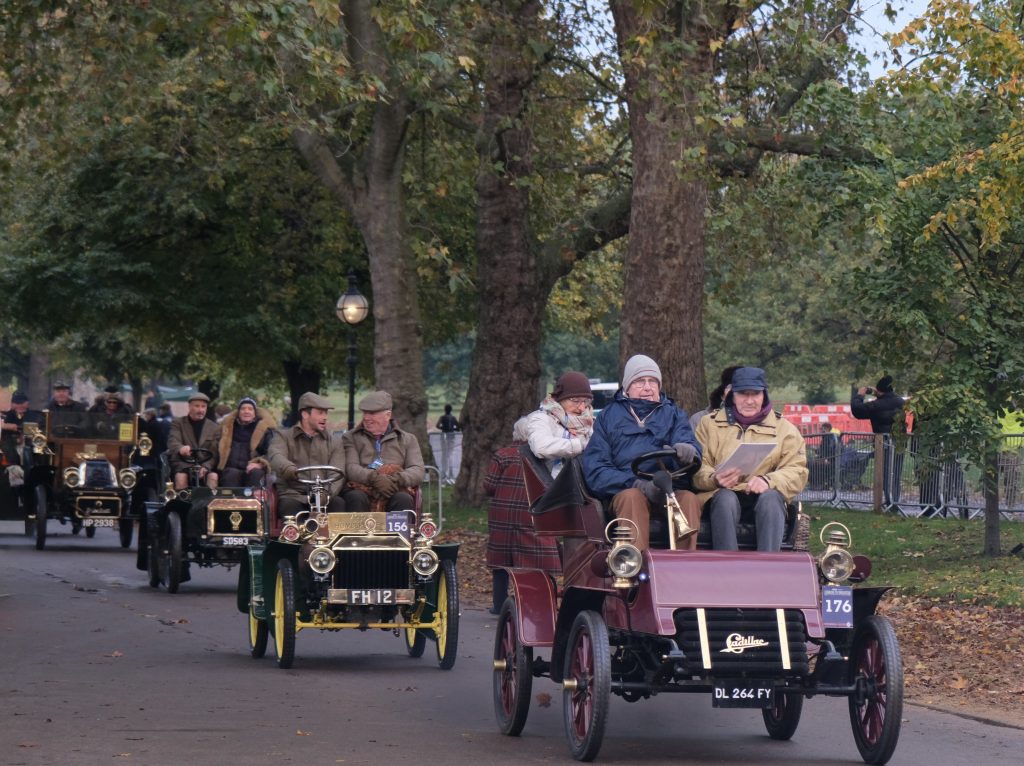
Last year, I persuaded my boyhood mate the Sri Lankan Trip Advisor (1958 MG Magnette), the Irish Chef (1979 Fiat 124 Spider), the former Miss Constantinople (2024 Volkswagen ID3), and the American Events Queen (“London taxis are the best, dah-ling”) to join me in catching the classics in action.
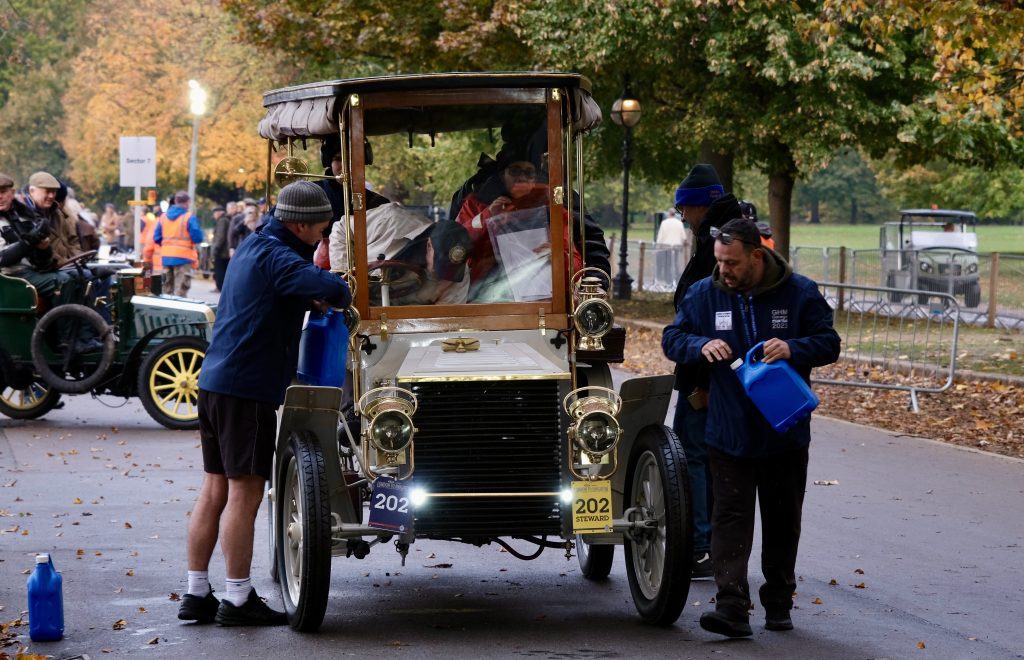
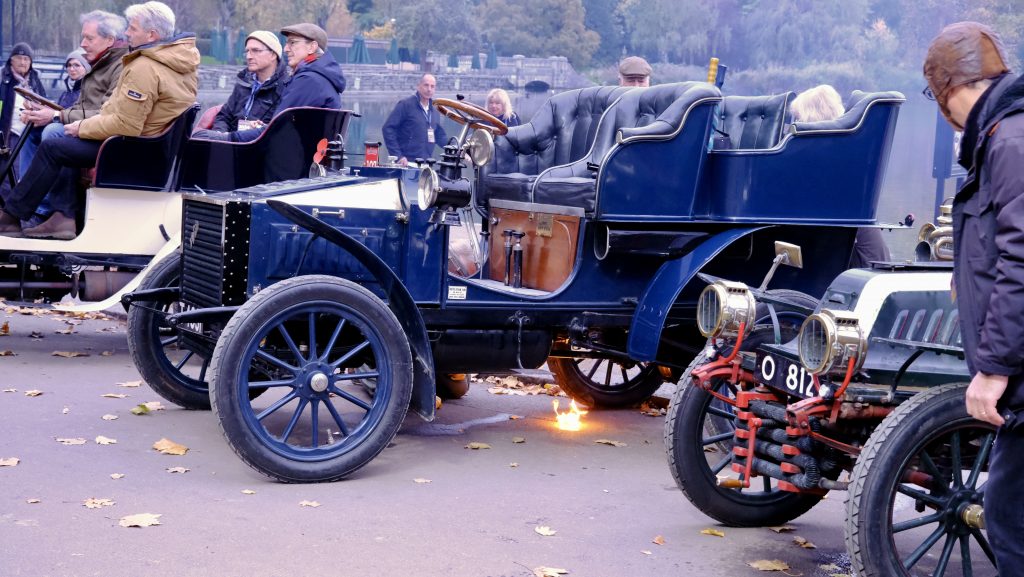
The best place to watch is at the start of the rally in Hyde Park, as dawn lifts the fog off the Serpentine and the air fills with the perfume of petrol and camaraderie. Men and women in period dress fuss lovingly over their ancient machines. One chap, twirling a handlebar moustache, calmly tightens a bolt as his rear axle bursts into flames. We shout a warning. “It does that sometimes,” he says cheerfully. Another group tends a steam-powered car, puffing more from their pipes than their boiler. It’s pure automotive theatre — part engineering, part eccentricity, wholly British.
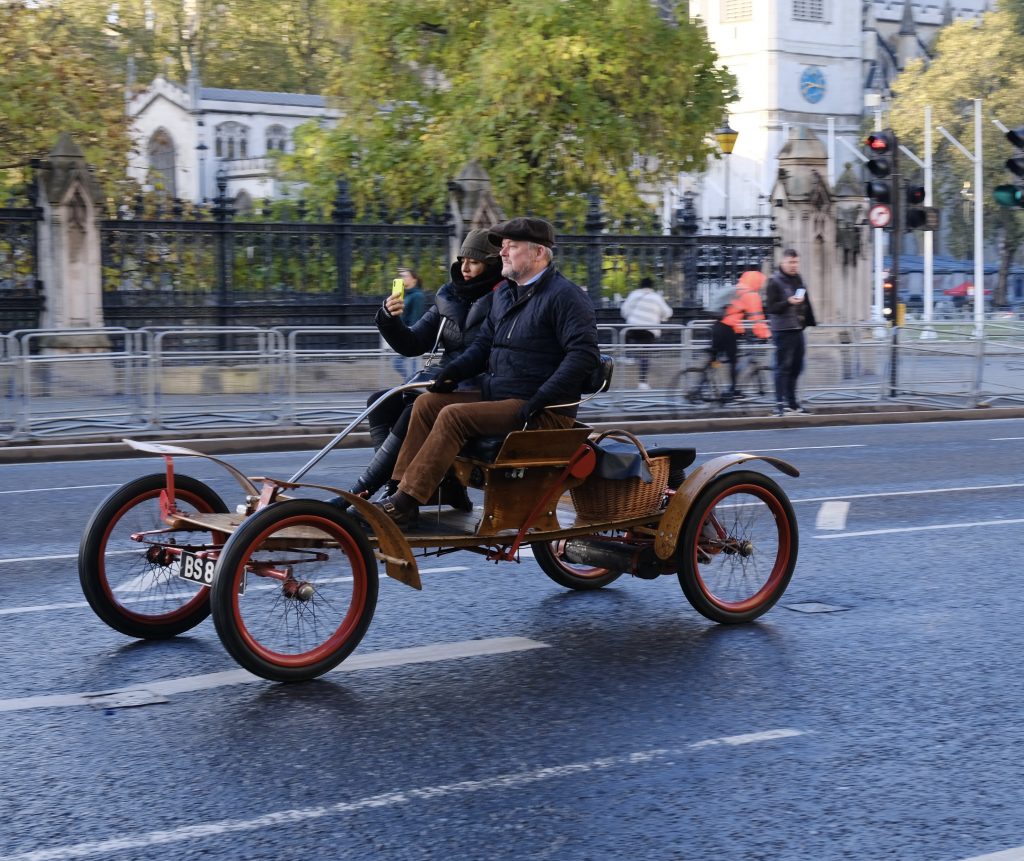
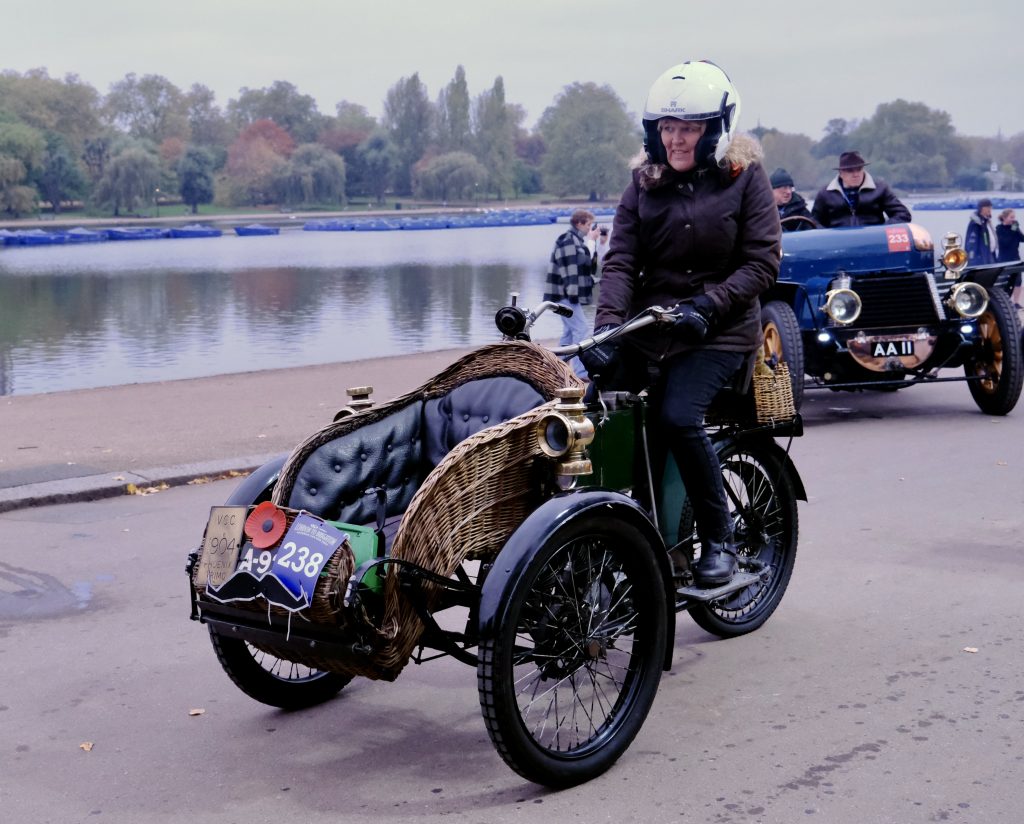
The cars themselves are time capsules on wheels. Some are literal horseless carriages, their engines awkwardly bolted where the horse once stood. Others are open-topped parlour rooms, passengers facing each other as if still expecting tea. A three-wheeler sports a cushioned child seat in front — because what could possibly go wrong? Two-seaters as delicate as spiders’ legs rattle past, held together by faith, oil, and duct tape.
I unscrew a flask of King’s Ginger, a 1903 concoction of brandy, honey, lemon, and ginger invented to “warm” King Edward VII as he braved the chill in his open-top car. We raise a toast to the monarch whose patronage helped those early tech bros put the internal combustion engine on the map.
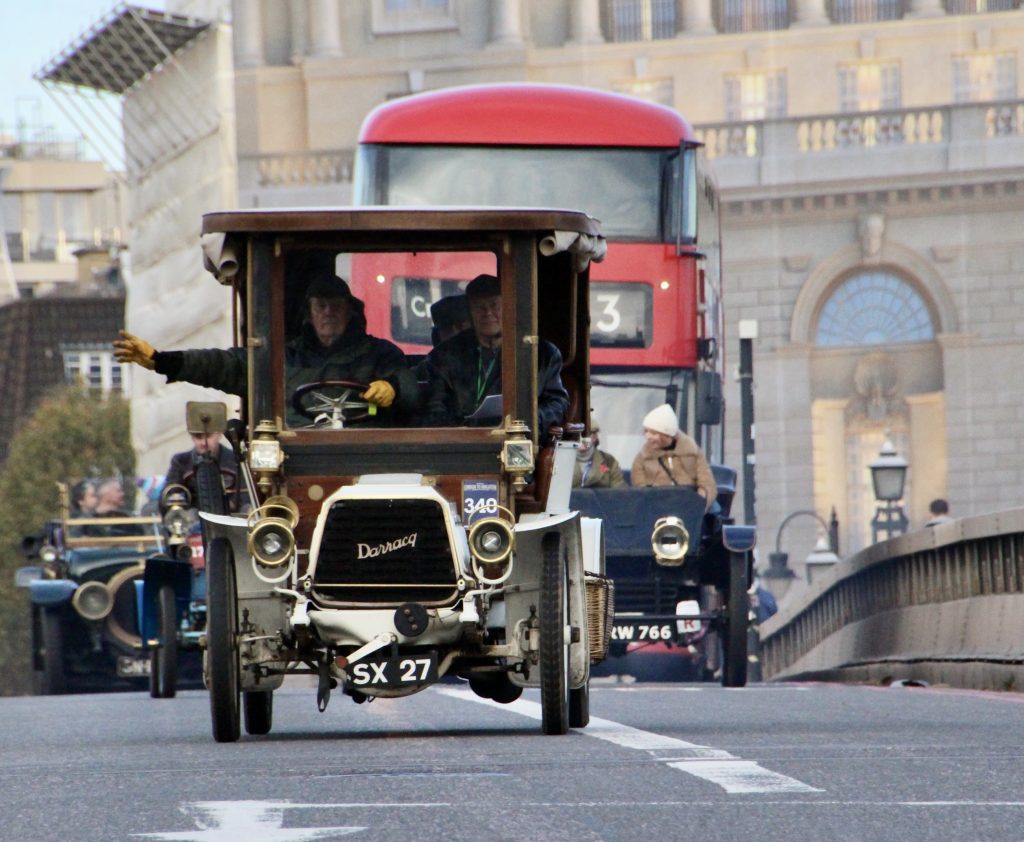
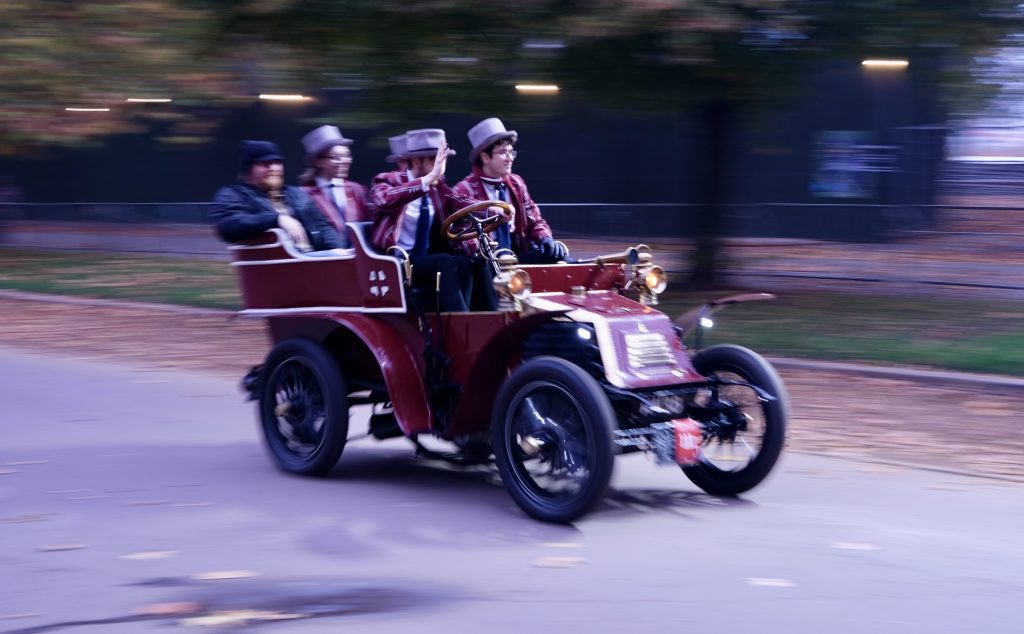
Later, we repair to the Royal Automobile Club, founded by those same pioneers. In the foyer, an enormous twelve-cylinder Alfa Romeo sits like a cathedral organ on wheels — the driver had to lean sideways to see around the engine. It probably did frighten the horses.
AI, unlike the motor car, will leave behind no tangible relics — no vintage vehicles to polish or parades to attend. Its legacy will be invisible: patterns in code, ghosts in the machine. Future generations may only wonder at the quaint, human lives we led before algorithms became our chauffeurs.
So, what should our role be in this revolution?
A.A. Milne, through Pooh’s friend Christopher Robin, offers a clue. Christopher Robin bridges childhood innocence and adult understanding — reminding us that wisdom lies not in fear or blind excitement, but in curiosity tempered with care. As we enter the age of thinking machines, perhaps we could all do with a little less Tigger and a little more Pooh — and just enough Christopher Robin to guide us across the Hundred Acre Web.
And if it all gets too much, remember: even Pooh knew the value of a wee dram of something golden before thinking too hard.
______________________
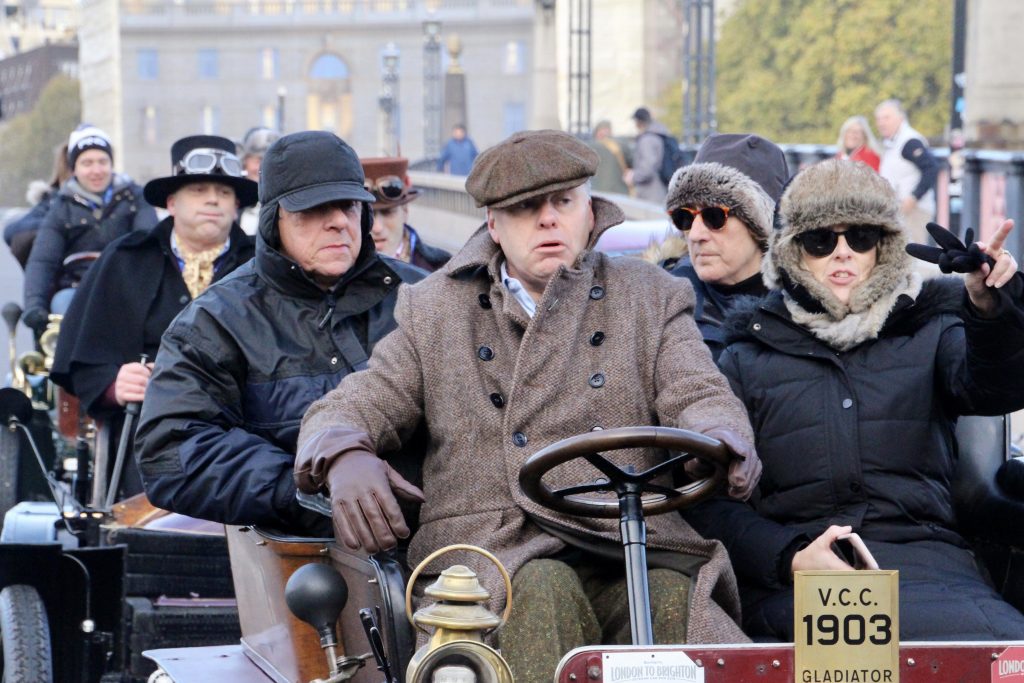
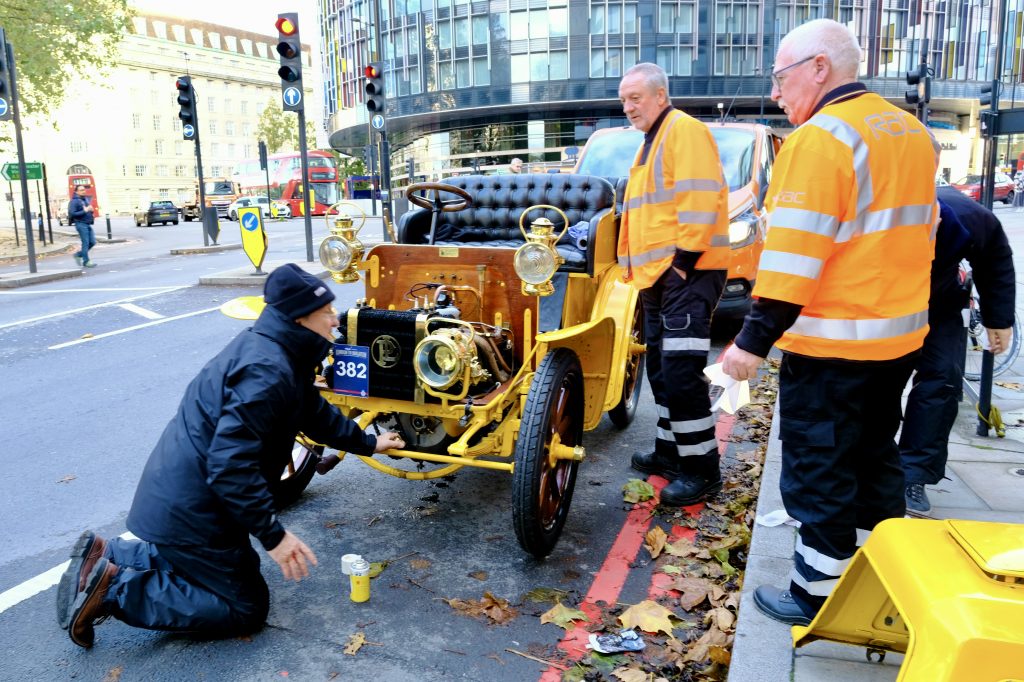
The 2025 London to Brighton Veteran Car Run will take place on Sunday, November 2nd. Click here for details.
The King’s Ginger is a delightful drink particularly suited for the colder months. The recipe was created by King Edward VII’s physician who entrusted its production to Berry Brothers and Rudd, the venerable wine merchants. BBR continue to bottle the elixir to the present day.

